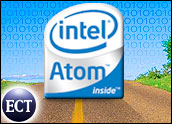
Intel is revealing the mysterious workings of its Atom processing chip to Taiwan Semiconductor in a bid to break into the smartphone, netbook and TV set-top box markets.
This marks the first time the world’s largest semiconductor company has agreed to share the underlying technology behind its X86-based chips, suggesting that Intel has placed a high priority on expanding into the market for smartphones and other small electronics devices.
“We believe this effort will make it easier for customers with significant design expertise to take advantage of benefits of the Intel architecture in a manner that allows them to customize the implementation precisely to their needs,” said Intel President and CEO Paul Otellini.
The Atom processor has 47 million transistors and is Intel’s smallest processor. Products manufactured through the agreement may find adoption in market segments such as mobile Internet devices (MIDs), smartphones, netbooks, nettops and AC-powered consumer electronics devices.
The processor is designed to bring the whole Internet and the benefits of computing to an emerging class of consumer-friendly gadgets.
Intel’s stock was down 0.63 percent to US$12.23 per share in mid-day trading on Tuesday.
First Time Outsourcing X86 Chips
Intel has previously outsourced the development of some of its chips, such as the ones that power WiMax devices, but this is the first time the company has ever outsourced chips that use the X86 architecture, said Adam Benjamin, a managing director at Jefferies.
“Intel needs to do this because it sees the world of netbooks and laptops colliding with smartphones,” Benjamin told the E-Commerce Times. “Those worlds won’t collide tomorrow, but they will do so eventually.”
At the same time, Intel’s main business — designing and manufacturing processors for PCs — is in decline, a trend that’s been worsened by the global recession.
While Intel is capable of building chips for mobile devices and netbooks on its own, time to market is critical, and the sector is rife with competition from other semiconductor companies, such as Qualcomm and Broadcom.
“I think Intel will try to build it on its own at some point,” Benjamin said, “but I also think Intel needs to find a way to get some acceleration into the market by trying to leverage the TSMC intellectual property libraries to do this. It makes a lot of sense to me.”
Intel and Mobile Phones: Not a Good Fit?
This isn’t the first time Intel has tried to break into the smartphone market with one of its chips. A few years ago, the company developed a chipset for that segment of devices, but it ended up selling its business to Marvell Technology Group for $600 million in June 2006.
Today, the chip technology Intel sold to Marvell is used by Research In Motion to power its popular BlackBerry smartphones.
“Intel had a pretty robust chip offering, but it got out of the smartphone business because it had trouble landing customers,” said Doug Freedman, an equity analyst with Broadpoint AmTech.
Whether Intel’s efforts to get back into the smartphone market will pay off is the question.
“They’ve been in the cell phone business before and they sold it off,” said Jefferies’ Benjamin. “Outside of the PC market, they haven’t had much success. Intel will need to get its chips into a lot of handsets to move the dial, and it’s a pretty competitive space.”
On the other hand, if any partner could help Intel carve inroads into the smartphone and netbook markets, Taiwan Semiconductor would be the one.
“TSMC is the world leader in system-on-chips — chips that integrate functionalities like a processing core, power management and memory,” Freedman told the E-Commerce Times.
On its own, Intel doesn’t yet have the technology to integrate so much functionality into a single chip, he said, though it probably will develop it soon.

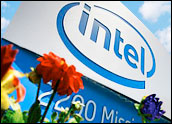


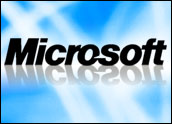




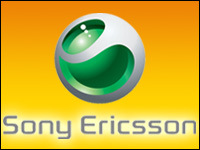






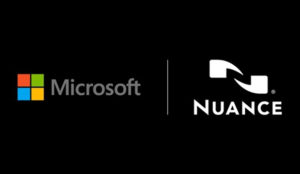





































Social Media
See all Social Media